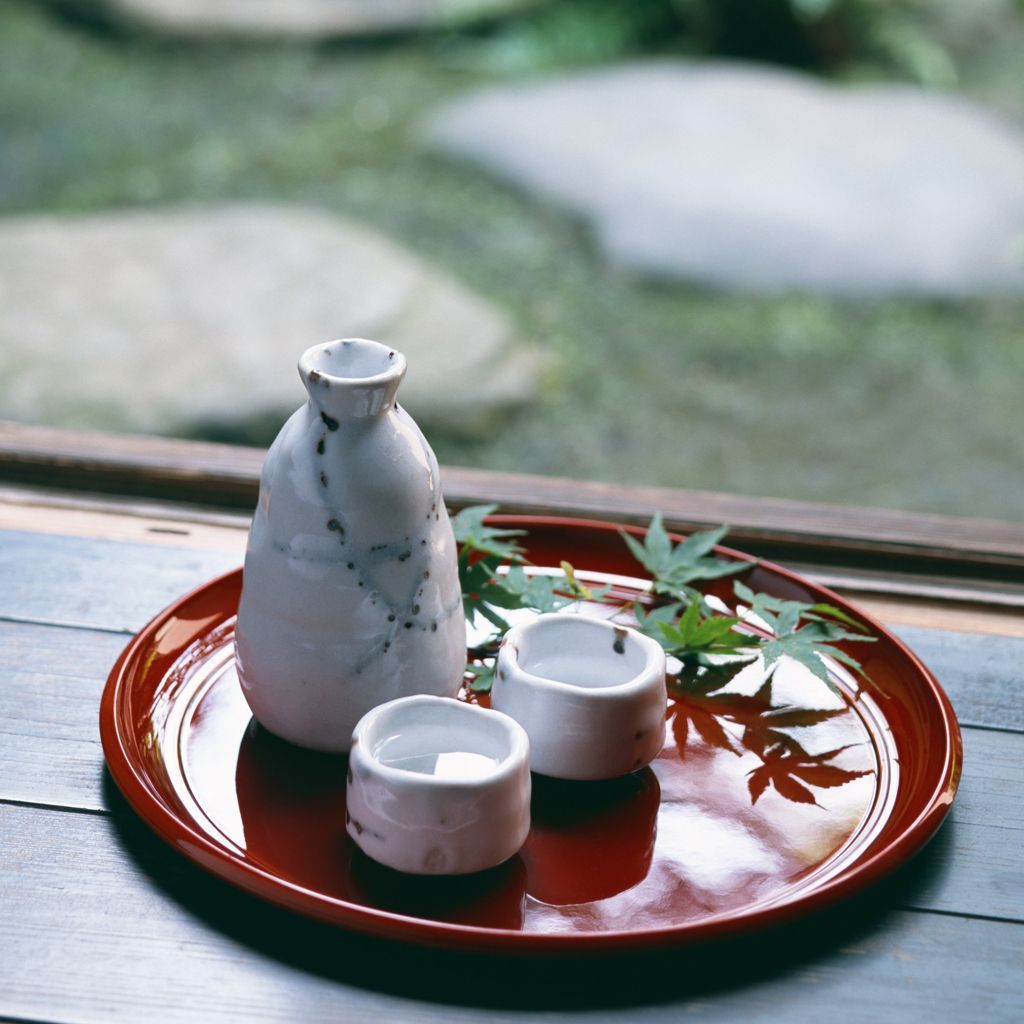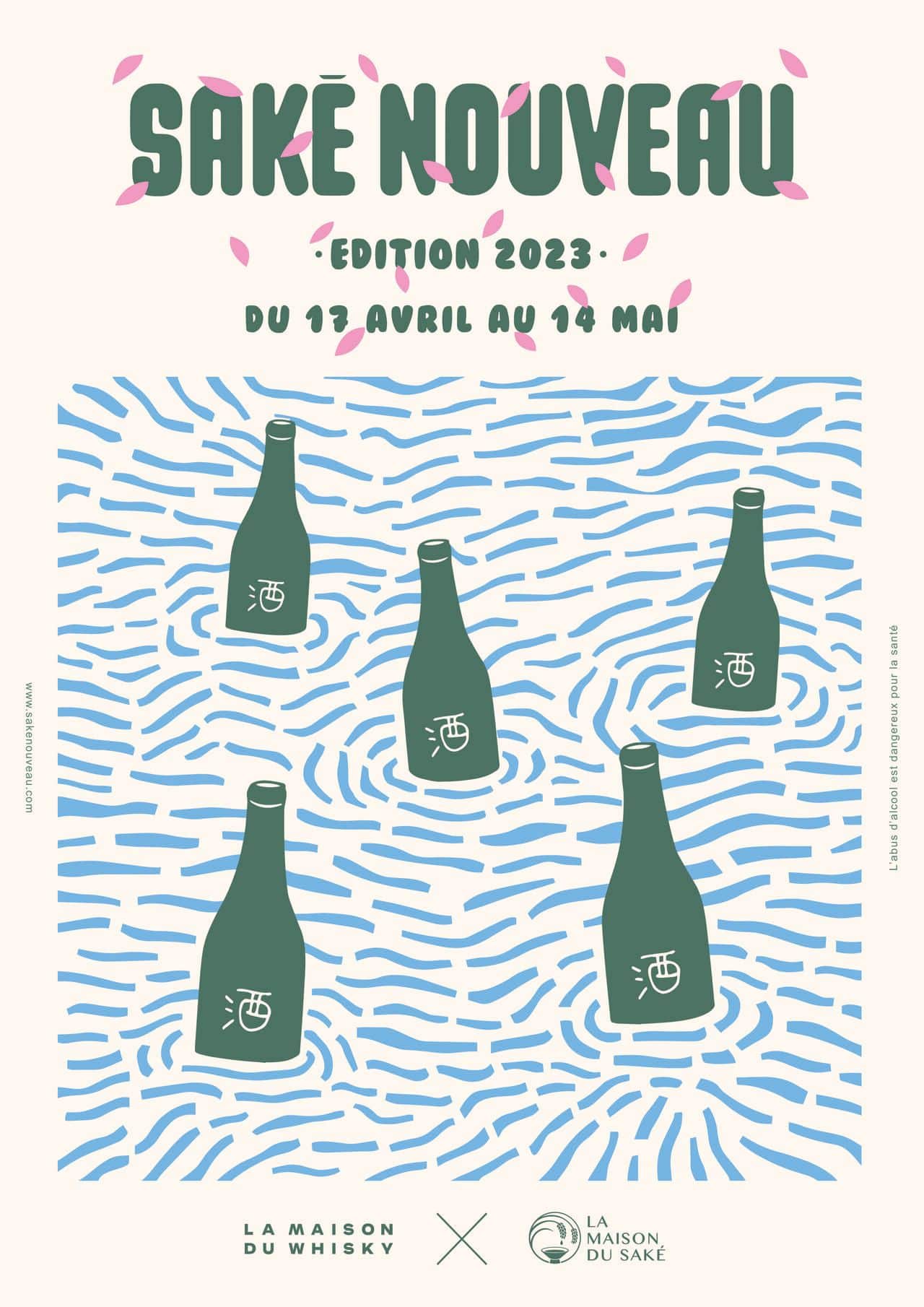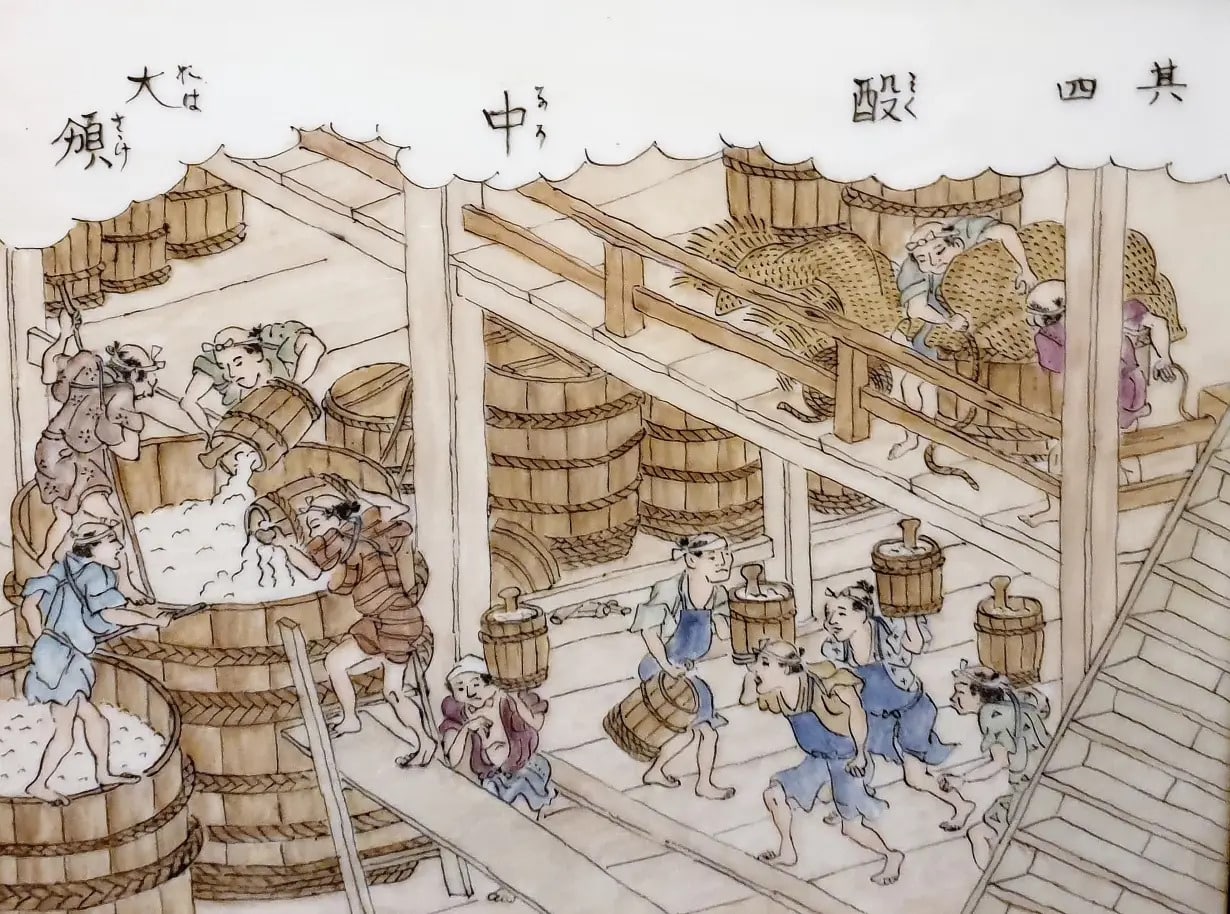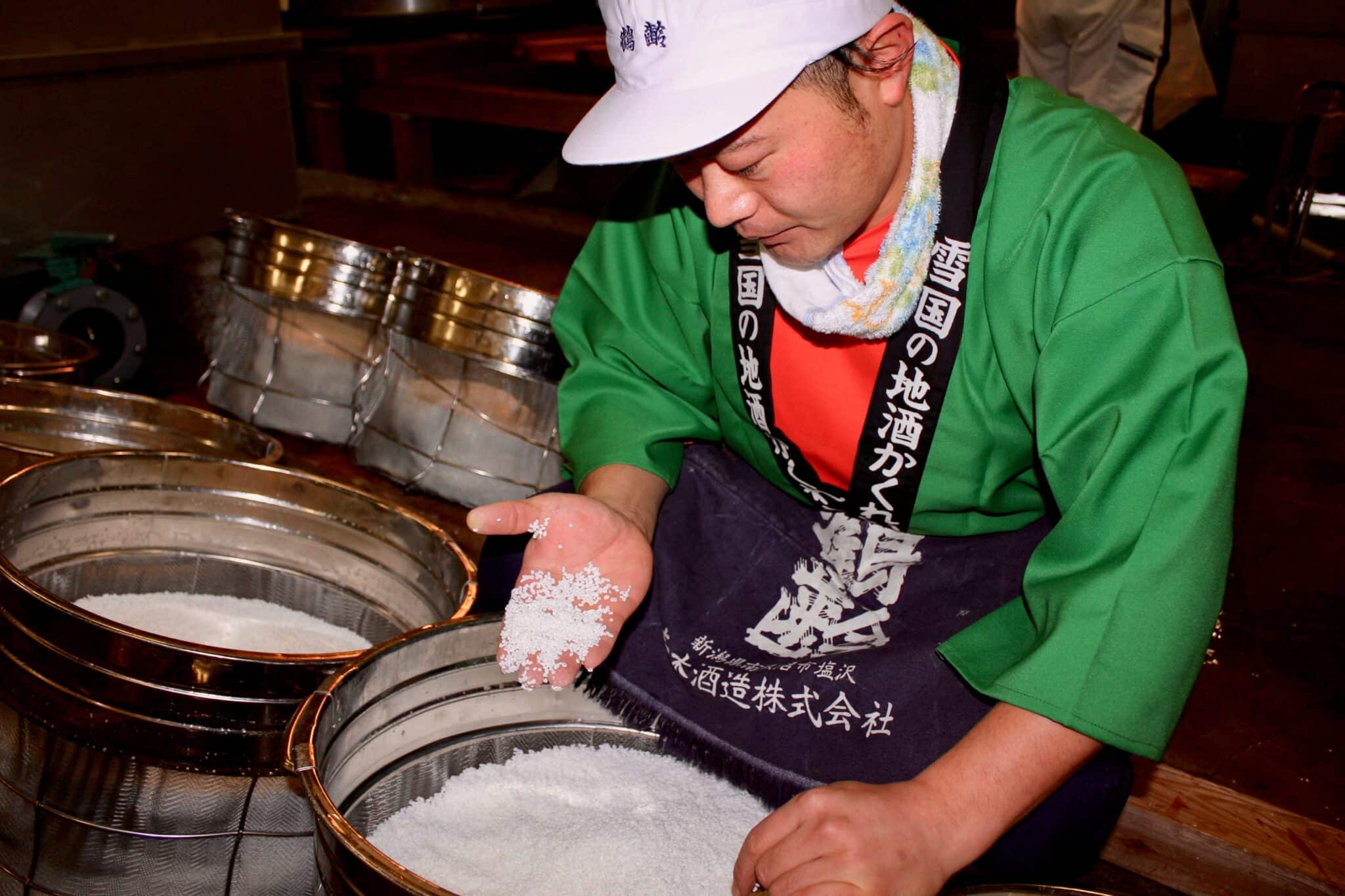Considered “the drink of the gods” by the Japanese, sake has long remained unknown in France. Often equated with rice alcohol rather than rice wine, sake suffers from a distorted image as a very strong digestive served at the end of meals in Chinese restaurants. On the occasion of Saké Nouveau, which will be in Paris from April 17 to May 14, (re)discover with us this mythical Japanese alcohol!
Perhaps it is time to clarify the name of sake, which is wrongly considered as a spirit in France… “Japanese sake is a rice beer that is drunk like a wine”, explains Xavier Thuizat, head sommelier at the Crillon and organizer of the Kura Master competition.
Since his discovery of Japan in high school, Youlin Ly has never lost his passion for the land of the rising sun and its culture. Today he is the founder of La Maison du Saké in Paris, holder of the title of Sake Samurai, and the initiator of Saké Nouveau. The event returns to Paris from April 17 to May 14, 2023.
Since 2018, the New Sake is an opportunity to become familiar with the emblematic drink of the Japanese art of living, still mysterious for the French, more used to wine or beer.
For the 2023 edition, several Parisian partners will offer tastings of the production of four selected breweries: Takeno, which produces on the Kyoto side, Masumi, established since 1662 in the Nagano region, Izumibashi, evolving on the Kanagawa side and Hakutsuru in Kobe. Seven Parisian establishments will host this tasting. They are the restaurants ERH, Sola, Ze Kitchen Galerie, Kitchen Galerie Bis, Les Enfants du Marché, La Dame de Pic and the stores La Maison du Whisky.
Proud of its national drink, Japan has applied for the recognition of “the traditional brewing techniques of Japanese sake” as an intangible cultural heritage by UNESCO in 2022. The decision of the selection committee will be known in 2024.
The drink of the gods
Sake is a rice alcohol produced by fermentation, also called nihonshu. This traditional drink was created in Japan around the 3rd century, at the same time as the development of rice cultivation.
Initially, priestesses were the only ones to make sake by chewing the rice, so that the enzymes in their saliva would break down the starch. The mixture was then spat out into jars where it fermented into a half liquid, half solid beverage called kuchikami no sake. The alcohol thus produced was drunk during funeral ceremonies and was mainly made by the imperial court and Shinto monks.
In the 12th century, the manufacturing process evolved with the use of vats by the shrines, allowing to mix water and rice more efficiently. With the arrival of the Americans, the techniques of sake production were industrialized in the 19th century. It is only after the Second World War that this drink really becomes a mass-produced alcohol, industrialized, even if some traditional breweries still exist. It reached its peak of consumption in 1973 before starting a slow decline, the Japanese preferring beer or whisky.
Traditional recipe
Sake is traditionally made in winter, from the end of October, when the climate is more favorable to its production. The first sake to be drunk in the year marks the beginning of spring, symbolizing renewal and prosperity. With a few exceptions, sake is meant to be drunk within 18 months. Hence the interest in New Sake, which should inspire the chefs of the six restaurants to create sake and food pairings.
Sake production is based on three main principles: craftsmanship (waza), water quality (mizu) and rice quality (kome). The importance of pure water is crucial, as is the degree of polishing of the rice, because the more polished the rice, the better the quality of the sake produced. After polishing, the rice is washed, soaked and steamed. Fermentation usually lasts about a month.
The kôji-kin (a fungus that releases an enzyme), yeast and lactic acid are gradually added to the rice by the brewmaster. The starch is then transformed into sugar, then into alcohol. Once filtered and pasteurized, the sake is bottled and is ready to be consumed within a year after its production, after several months of maturation. It contains, on average, between 14 and 20% alcohol.
Today, sake accounts for only 5.3% of the alcohol consumption in Japan, but its quality and diversity are greater than ever. Traditional sake breweries that have resisted industrialization have resurrected ancient techniques, while a new generation of kuramoto (brewery owners) is evolving them, drawing inspiration from wine techniques. It is estimated that there are currently about 1,200 kura (sake breweries) in Japan.
Read also >THESE WINEGROWERS WHO MAKE CHAMPAGNE SPARKLE… UNTIL AUBE (PART 1/3).























